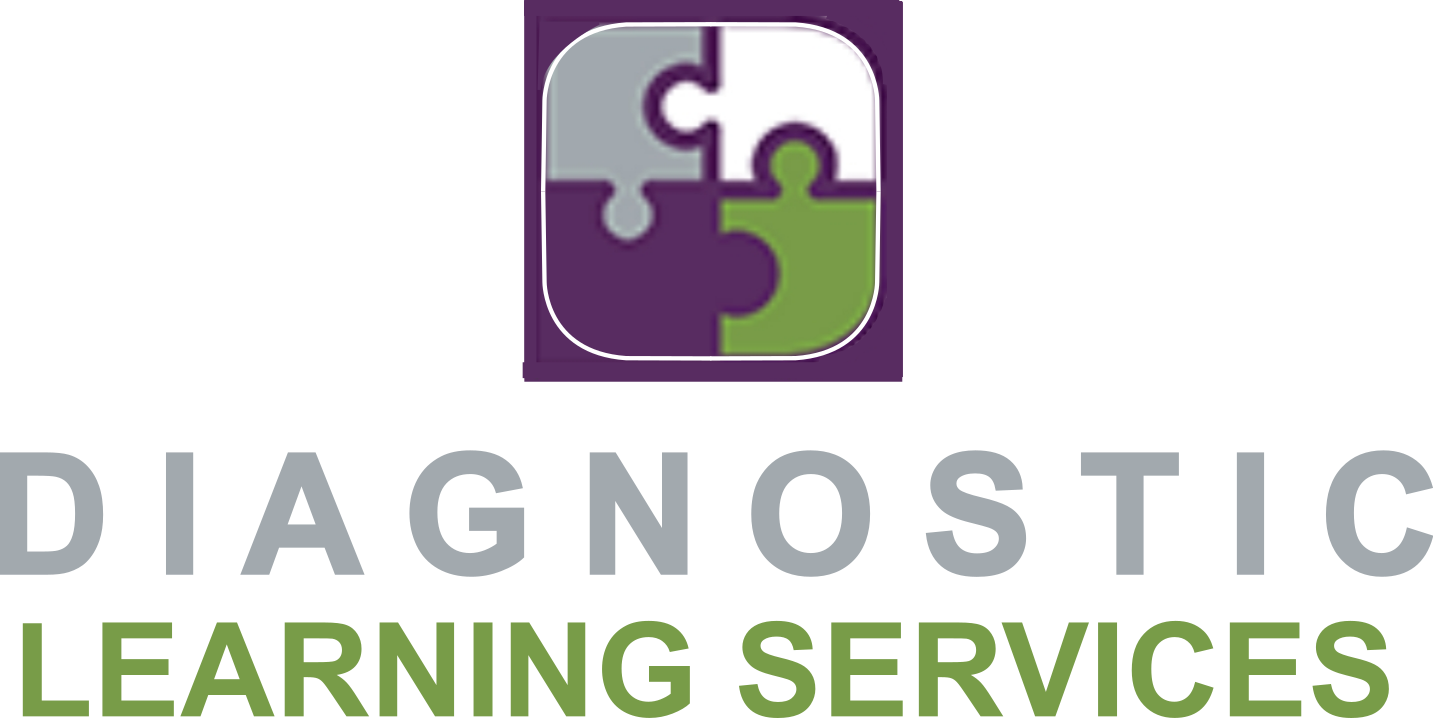What is RTI Support Through The Public School?
Parents often tell us that their student is getting support through “RTI” but they do not always know what that means.
With the reauthorization of the Individuals With Disability Act of 2004, Congress believed that when identifying students with learning disabilities, schools should use procedures that are more relevant to the instruction that students receive in the classroom. They Included an additional provision in the law that states that school districts could use a process designed to determine if a student responds to scientific, research-based intervention as part of the evaluation process. This was the birth of the Response to Intervention process, or RTI.
With RTI, the regular classroom teacher, in collaboration with other experts such as special education teachers and school psychologists, designs and delivers interventions that are based on reliable research. This type of intervention process includes systematic monitoring of the student’s progress. For example, interventions may start out with a change in the teaching strategy of a specific concept.
If the student does not respond to this intervention, then the student may begin receiving instruction or reteaching in small groups. If the student continues to struggle, the teacher may try working one on one with the student. Students who do not show improvement, or respond to the interventions, are considered to be “at risk” for a learning disability and a comprehensive evaluation may be needed to determine why they did not respond to the interventions provided.
